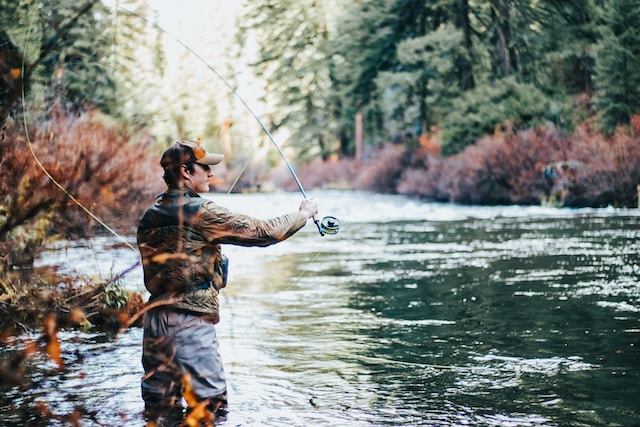If you want to improve your fishing performance and stay comfortable on your next trip, there are some key things you need to know about layering. You want to choose clothing that is breathable, moisture-wicking, and lightweight. This will keep you cool in the heat and warm in the cold.
Base Layer
The base layer, sometimes called thermal underwear, is a critical layer of Simms clothing Canada that keeps you warm and dry. This layer works by wicking sweat away from your skin and trapping a thin layer of heat close to the body to keep you comfortable in cold conditions. Most base layers are made from various fabrics, including synthetic polyester and nylon and natural fibers like merino wool and silk. Each material has unique properties that make it a good choice for specific conditions. A good base layer should be fitted snugly against your skin. A loose base layer can allow cold air to touch your skin, which defeats its purpose of insulating you from the elements. The best base layers are made from a material that efficiently wicks moisture away from the skin to prevent chafing and maintain a dry and fresh feel. Synthetics are typically the best choice as they dry extremely quickly.
Mid Layer
The mid-layer is a crucial piece of clothing that you need to wear to keep yourself warm and comfortable while fishing. It acts as an insulator by trapping body heat and should also be breathable enough to allow moisture to escape. Several mid-layer materials, such as microfleece, merino wool, synthetic insulation, and natural down, can be used in a mid-layer. Each of these will have its benefits and properties, so it’s essential to understand what suits your activity and conditions before choosing. One of the most popular options is softshell. This jacket can be worn over your base layer and under your outer shell to provide extra protection from the elements. They are lightweight and comfortable but do not offer the wind and water resistance of a hard surface.
Outer Layer
A breathable outer shell jacket (or pants) protects you from wind, rain, and snow. It also lets your sweat and moisture evaporate so you don’t get cold. When choosing your outer layer, consider how much activity you plan on doing and what type of weather you anticipate encountering. Waterproof/breathable shells are your best bet for stormy days, but you can also find non-waterproof shells that are great for light to moderate rainfall. Choose a base layer that wicks away sweat for warm weather, like merino wool or polypropylene. It should fit snugly against your skin and be a comfortable material to wear for hours at a time.
Accessories
Fashionistas and fishermen alike layer clothing to maintain comfort and efficiency while being outdoors. They also choose fabrics that can blend well together and adapt to changing weather conditions. Anglers will want to wear thicker layers- including long underwear in colder months. Fleece and wool are the best options for insulation because they can keep your body warm without overheating. Base layers should fit snugly to your skin and be able to wick moisture away. The most popular materials for base layers are merino wool, silk, and synthetics. Mid-layers will typically be insulating and may take the form of fleece zip shirts or wool sweaters. They are designed to trap your body’s heat, keeping you toasty and comfortable throughout the day. Outer layers will usually be waterproof and windproof and may include a jacket or vest. They can be breathable and allow sweat and water vapor to escape, but they should also keep you dry in rain or snow.
